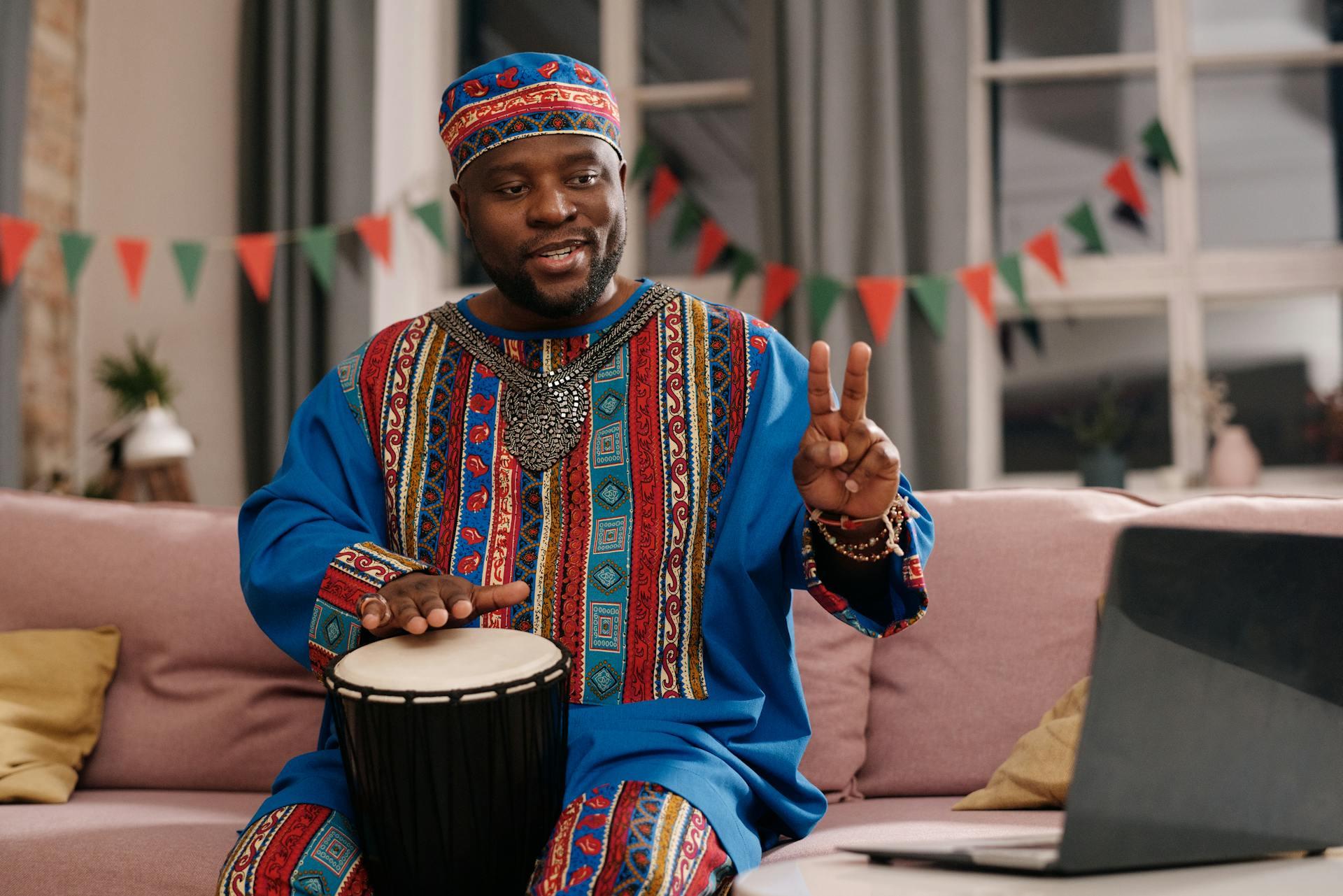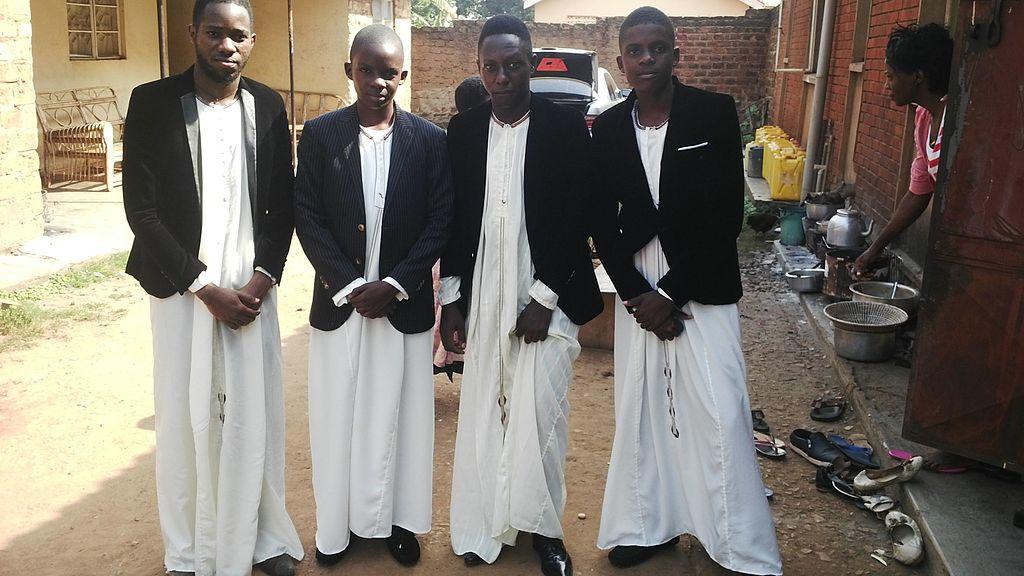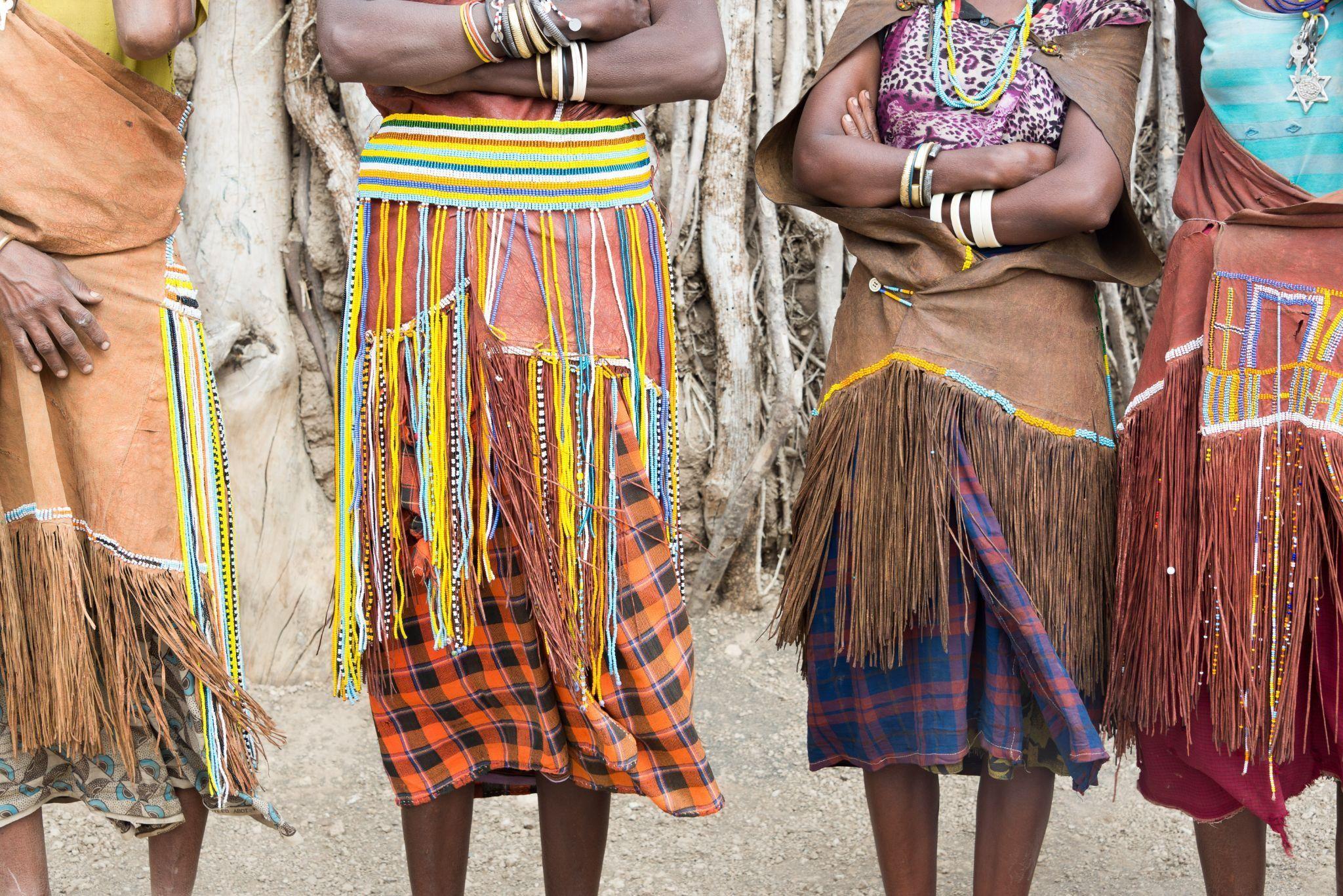Africa is renowned for its vibrant cultural heritage and rich traditional values. With its deep-rooted tribal systems, the continent is home to diverse tribes, each with unique dance styles that convey stories, celebrate life events, and uphold cultural heritage.
Despite the influence of globalization, many African communities continue to practice their traditional dances, which serve as unifying forces during gatherings, courtship, fertility rituals, rites of passage, and spiritual practices.
The costumes worn in these dances are as diverse and meaningful as the dances themselves, reflecting the identity and heritage of each tribe. From ceremonies to special occasions, these costumes not only enhance the visual spectacle but also embody the spirit of the tribes they represent.
This article explores the variety of costumes used in African dance, highlighting their significance and roles in tribal ceremonies.
| Costume Name | Country of Origin | Dance Associated with the Costume |
|---|---|---|
| Dashiki | Ghana | Kpangolo |
| Kente | Ghana | Adowa |
| Boubou | Senegal | Sabar |
| Iro Ati Buba | Nigeria | Traditional Yoruba Dances |
| Kanza | Comoros and Tanzania | Ngoma Dances |
| Shuka | Maasai Tribe in East Africa | Adamu |
| Isidwaba | Zulu Tribe in South Africa | Indlamu |
| Toghu | Cameroon | Baka |
You can get to find out about the dance classes near me here.

What Costumes Are Worn for African Dance?
Many different costumes and clothing materials play an integral part in displaying a tribe.
The design, embroidery, and fabric reflect the class and status of society and individuals within the African community.
Moreover, after African dances were formed in the 20th century, they were incorporated within them. Let's explore the different types of costumes for different traditional African dances.

Dashiki
Dashikis are the native costumes of Africans in the nation of Ghana. Dashikis is a colorful piece of clothing that covers the upper part of the body.

People wear dashikis for the dancing style "Kpangolo." It's a unisex baggy shirt with V-neckline mostly paired with drawstring pants. The tribes often wear them in ceremonies and on informal occasions.
Moreover, dashiki is typical attire for grooms in the African community. This African dancing costume can be traced back to the Yoruba culture and language.
Dashiki means short-sleeved work shirt, which is typically used as the main garment of working males.
Moreover, specific colors in this costume were made to represent different events and emotions. For example:
- White dashiki: worn by grooms on the wedding day
- Purple dashiki: a sign of royalty and is also worn by couples on their anniversary
- Blue dashiki: worn to promote and represent peace, love, and harmony. Often worn in fertility rituals, storytelling sessions, and tribes meetings
- Black or red dashiki: worn during disputes or times of mourning, such as a funeral.
Kente
Kente is an African dance costume of the democratic people and high-class people Ewe and Ashanti from Ghana. It features interwoven cotton fabric with strips of silk.
It is often worn by princesses, queens, and women of Dagbon. The use of kente costume is reserved for the Asante communities.
This costume is limited to special social events and sacred ceremonies. Kente has been associated with being the costume with people with wealth, cultural sophistication, and high social status.
Moreover, Kente is an African dancing costume for Adowa style. The people of Ewe also wear the kente costume. Ewe is the African community that used to be under the rule of Ashante in the 18th century.

Kente costume is associated with status, prestige, cultural value, and special occasions. Here's what colors are used in this costume to represent:
- Gold Kente: signifies serenity, wealth, and status
- Yellow Kente: represents fertility and pregnancy
- Green Kente: represents renewal and spiritual awareness
- Blue Kente: worn for spiritual events, prayers, and harmony
- Red Kente: signifies passion
- Black Kente: worn for a reunion with the ancestors, the festival of dancing masks, and wedding ceremony
Boubou
Boubou is among the most classical and trendy African dance costumes. And as we have shown, costumes are an integral characteristics of African dances.
It's a Senegalese robe worn by the majority of communities throughout Africa. Sewn from one fabric, it is typically 150cm wide with varying lengths.
To make the Boubou trendy, designers sew the sides halfway to make the sleeve flowy and wide. For men, the neckline is V-shaped and long. While for the women, it is round and deep.
This costume originated in the 8th century when it was worn by religious people such as Mande, Songhai, and Tukulor.
The dress features blue geometric and figural embroidery that shows the wealth and prestige of the wearer. Islamic scholars, cultural people, and caliphs wear the Boubou.
The Boubou is a symbol of modesty and sacredness.

Here is what different colors in Boubou symbolize:
- White Boubou: worn for rituals, cleansing rites, and pureness
- Green Boubou: symbolizes agriculture, spiritual growth, harvest action, and vegetation
- Yellow Boubou: represents fertility, monetary wealth, and high-worth
- Pink Boubou: represents feminism and mildness
- Black Boubou: represents maturity, and value for ancestors
- Red Boubou: is associated with strong spiritual and political views
Iro Ati Buba
Worn by women of all ages during traditional African dances, Iro Ati Buba represents feminism, purity, and shyness.
The Iro is a large veil-like wrapper tied around the waist. On the other hand, the Buba is a loose blouse with long sleeves.
Rooted from Yoruba women, the Iro and Buba are traditional costumes for women. Iro Ati Buba is a complete outfit that includes the following clothing:
- Iro: A large piece of cloth wrapped around the waist (like a skirt)
- Buba: A loose blouse with long sleeves
- Gele: A headdress
- Pele: A wide shawl
- Iborun: Scarf
Moreover, Iro Ati Buba is mainly worn by women at special events, family gatherings, fertility rituals, and.
Here is what each color of Iro and Buba represents:
- Red Iro and Buba: represents wealth, death, and aggression
- Orange Iro and Buba: represents courage and sacredness
- Yellow Iro and Buba: represents strength, hospitality, and reliability
- Green Iro and Buba: signifies birth, holiness, and fertility
- Purple Iro and Buba: signifies virtue and reincarnation
Kanzu
Kanzu is a male white or cream color costume worn by the men of the Great Lakes region in different events such as cultural African dance.
Kanzu is a long garment that goes to the floor or the ankles. It is also a national costume of Comoros and Tanzania, where it is called "Kandu." Muslims also wear this long robe in Kenya.

Moreover, Kanzu is men's most common attire during festivities and wedding ceremonies. People wear Kanzu to receive an aura of sophistication, pride, authority, and liberty.
The Kanzu is only worn in two colors white and cream. Here's what these colors represent:
- White Kanzu: signifies pride, pureness, and authority
- Cream Kanzu: signifies joy, peace, and prosperity
Shuka
Often sewn in red color with black stripes, shuka, also famous as the "African Blanket," is worn by the people of the Maasai tribe in East Africa.
Just like their traditional costume, Maasai are a group of semi-nomadic people who live unique lives regarding cultural customs and traditions.
Shuka is worn mainly in traditional African dance ceremonies of Maasai called the "Adamu." Adamu is a dance style that involves slow mating movements.
African people perform this dance to encourage and celebrate a Young Maasai man who had just become a soldier or warrior by displaying an act of bravery.
Red is among the common colors in Shuka worn by the Maasai people, but the people of Maasai village also use blue, checkered, and striped cloth with hints of yellow, black, and green.
The main event where Maasai people wear Shuka is the Eunoto ceremony. It's a ceremony demonstrating the brave transition of a junior warrior into a senior position.
Eunoto's ceremony marks a remarkable change in the man's status, and also makes him eligible for marriage. They wear Shuka as the primary Adamo African dance costumes.
The different patterns and colors in the Shuka represent:
- Striped Shuka: symbolizes of freedom and pleasure
- Red Shuka: symbolizes masculinity, long life, and celebration
- Blue Shuka: represents togetherness, harmony, change, and love
- Yellow Shuka: signifies mourning, weakness, and envy
- Grey Shuka: represents passion, patience, and perseverance
- Black Shuka: symbolizes stability, resilience, and power
Isidwaba
Isidwaba is a feathered and leather skirt, a traditional African dancing costume worn by the Zulu married women. Isidbawa is made from the leather (skin) of the animal owned by the women's father.
On the occasion of the Zulu woman's marriage, she is gifted with this leather skirt and asked to wear it.
The most common animal skin used for sewing this skirt is a cow. A cow owned by the woman's father is slaughtered weeks before marriage. The skin is stretched and dried in the sun. The bride adorns the Isidwaba by pairing it with a colorful blouse.
The isidbawa represents respect and gratitude for the family of the groom. Hence, it must be long enough around the knees.
The brides wear the isidwaba on the wedding day and perform one of the famous traditional African dances, called "Indlamu." It is the traditional dance of the Zulu tribe.
Toghu
Toghu is another traditional costume of Africa belonging to the community "Bamileke People" of the North West region in Cameroon. It's one of the most prestige African dance costumes made from velvet fabric.
African people also wear toghu made from cotton and satin fabric. Designs, patterns, and embroideries representing cultural history are designed on the toghu.
This costume is often worn by high-class dignitaries, scholars, and royalties.
In the past, women and men of royalty wore the toghu as a symbol of cultural and community superiority over the common people.
The Bamileke people of the North West Cameroon region wear toghu when performing the traditional African dance "Baka."
Bamikele people wear this costume and perform the Baka dance to celebrate man's victory (e.g., successful hunt). A successful and healthy delivery of a pregnant woman is often celebrated through this ceremony too. During a baby's birth, a goat is slaughtered with a single blow to display the prowess of a woman.

Want to Learn African Dance with Superprof?
Are you tired of basic Zumba classes, barre workouts, and boring cardio? Enroll yourself at Superprof to access the African dance videos and learn unique and energetic dancing movements.
Whether you're a student looking to master a new skill or an adult embarking on cultural history, the dance lessons at Superprof can help you acquire dancing skills and the ability to appreciate African cultures.
The African dance videos and lessons provided by our tutors introduce students to traditional African dances, culture, traditions, and costumes.
During the session, they will develop flexibility and outstanding physical strength through delicate foot patterns, quick hand movements, and full-body movement.
Start this exciting journey with Superprof and learn about different African communities' traditional dance styles and costumes.
















The results were good but l didn’t get my answer please can you give me the correct answer
Hello Julius! Thank you for your comment. We are happy to help, what was your question?
What about Tera people’s cultural atire
Hello Chinyere! Unfortunately, we could not list every traditional dance outfit. If you would like to learn more reach out to one of our expert dance tutors!